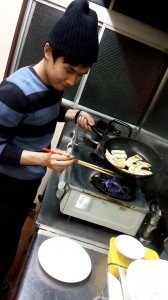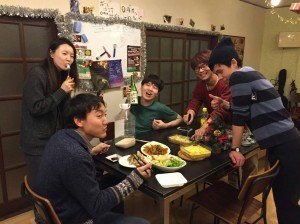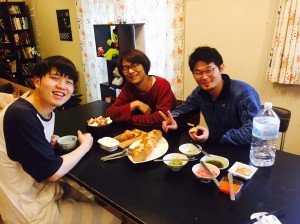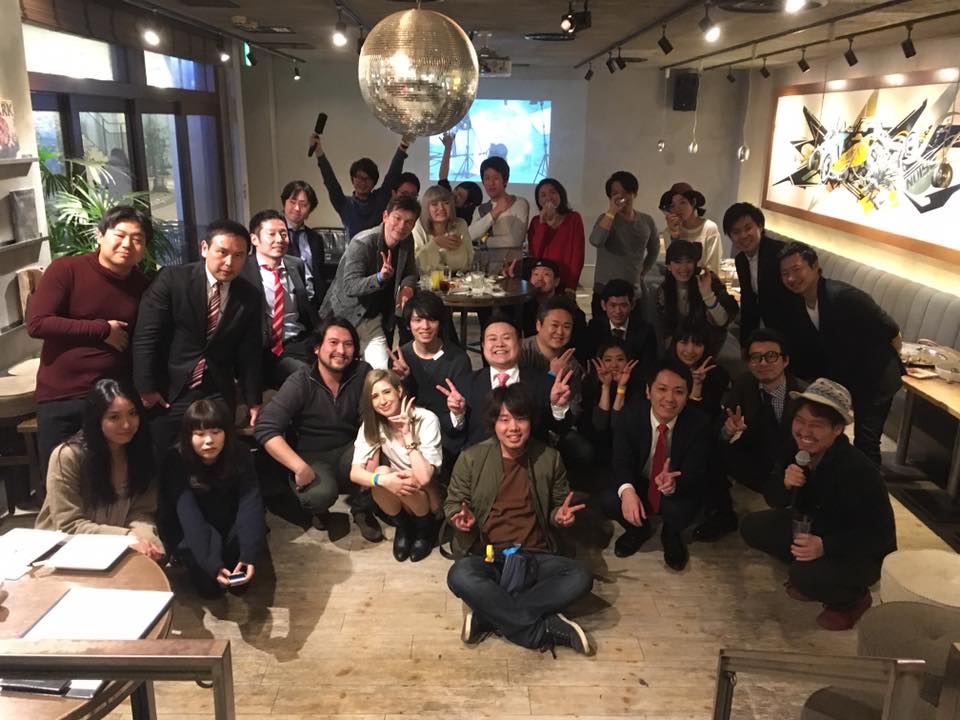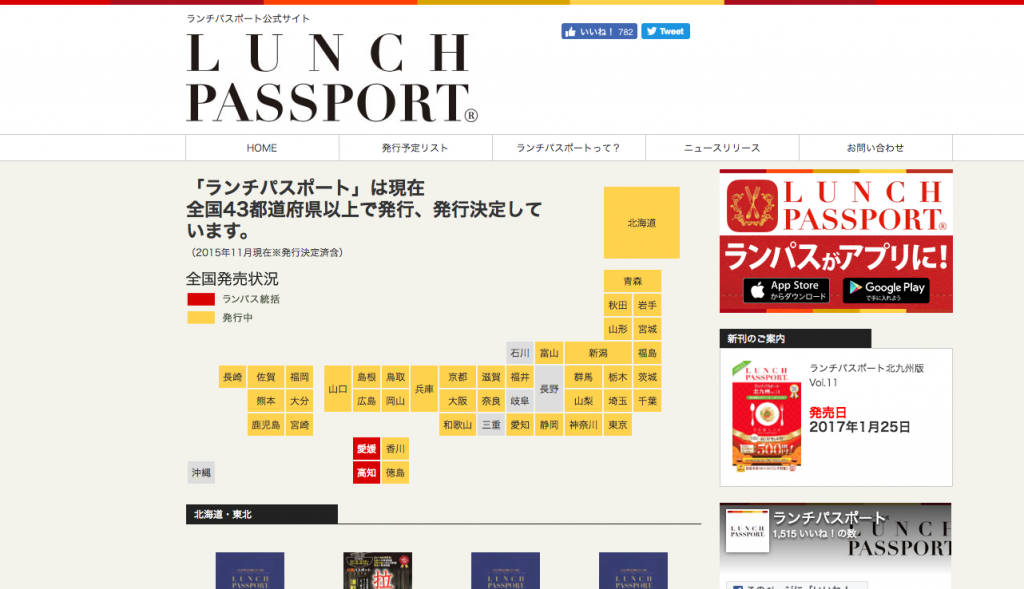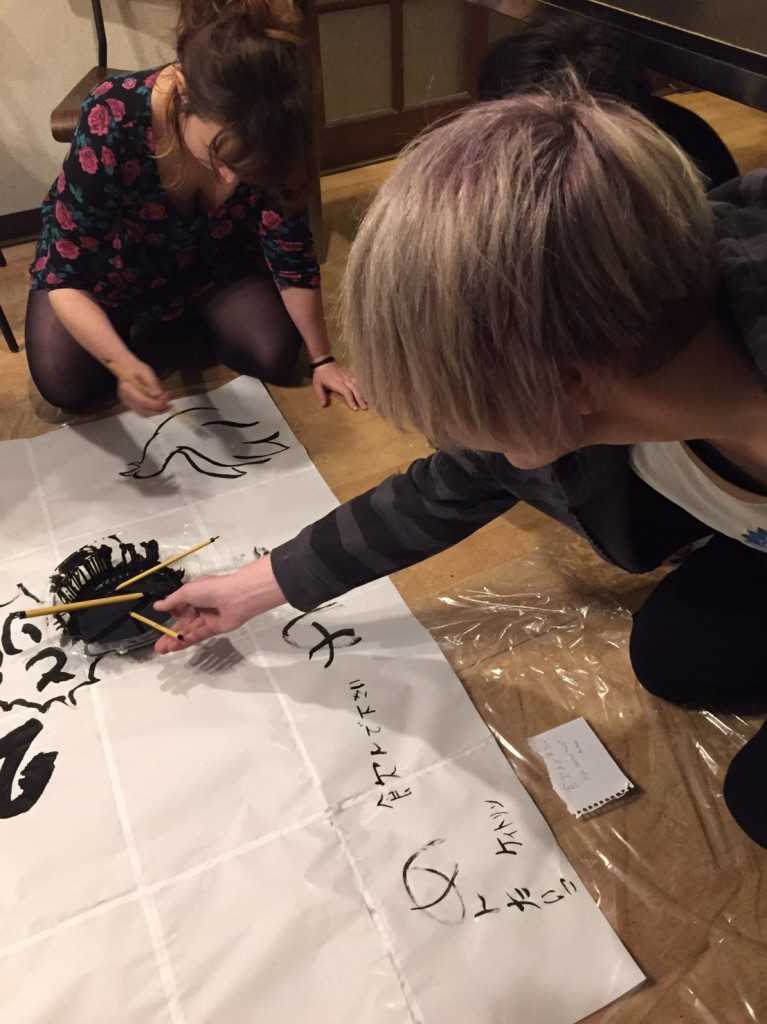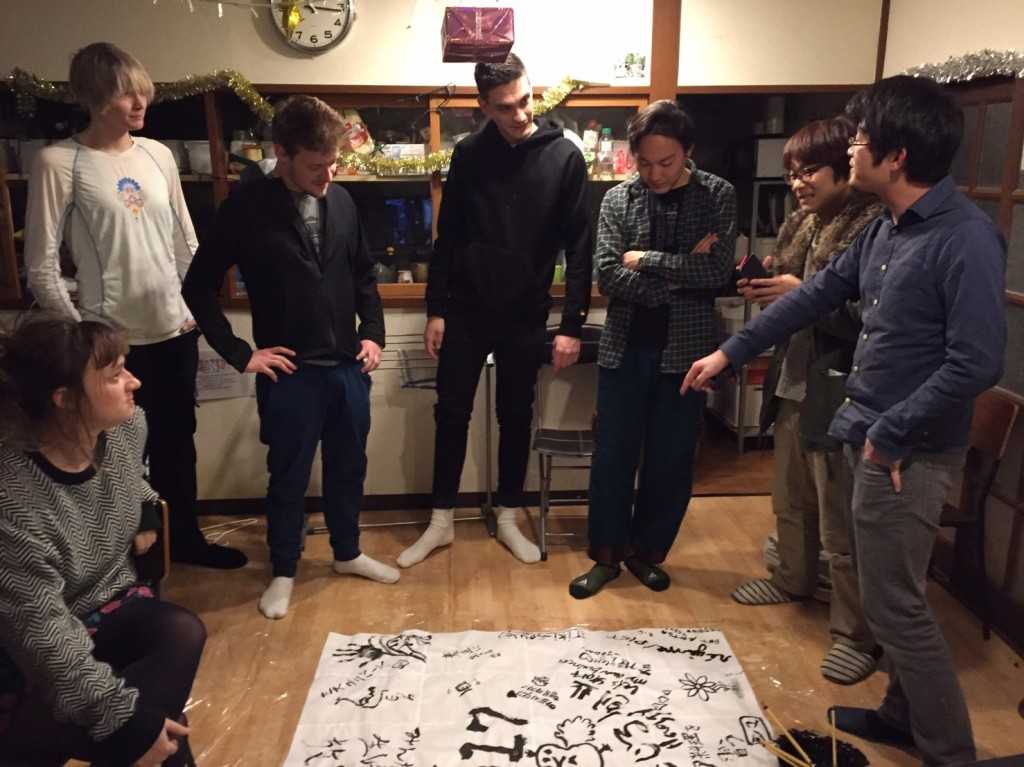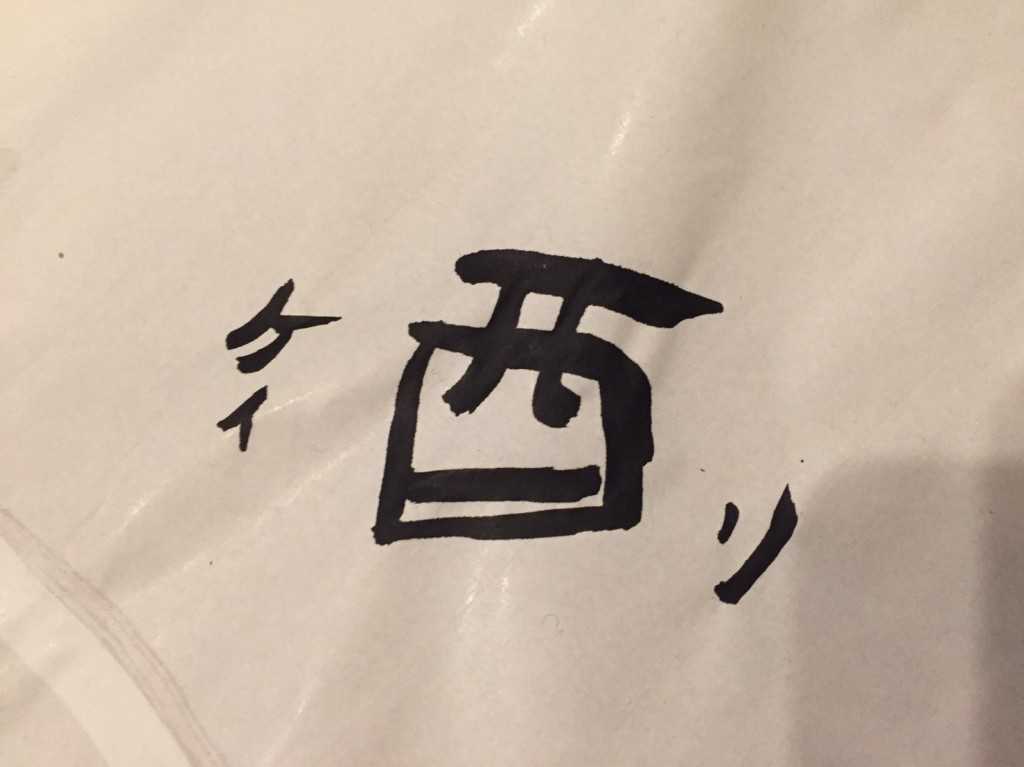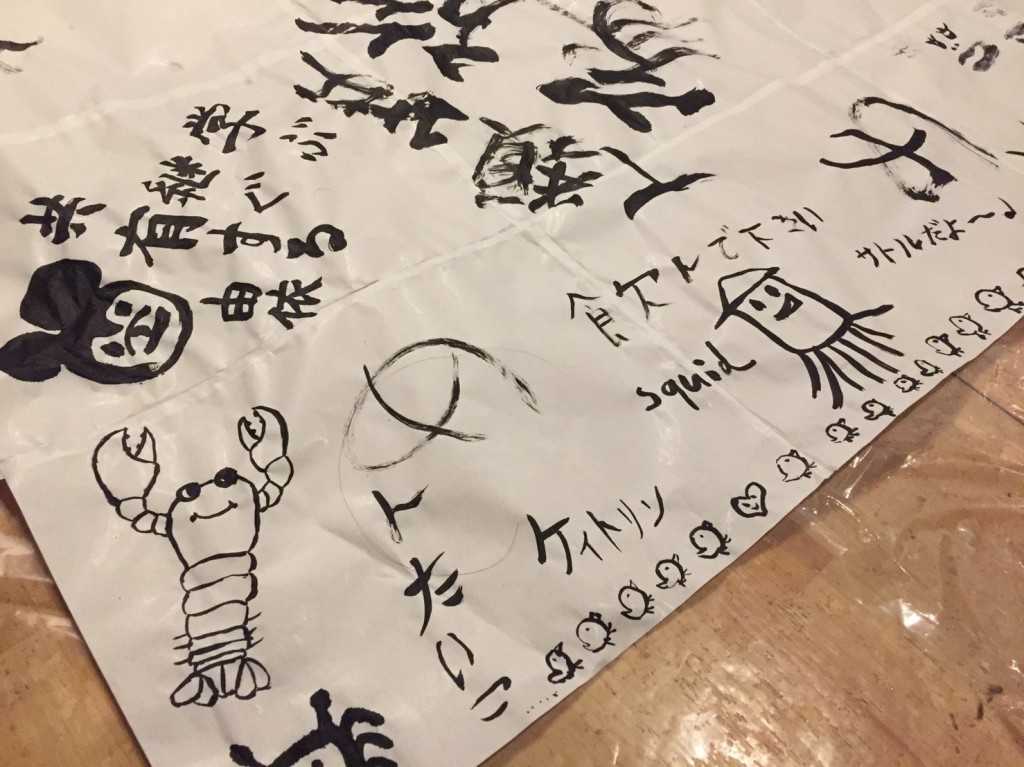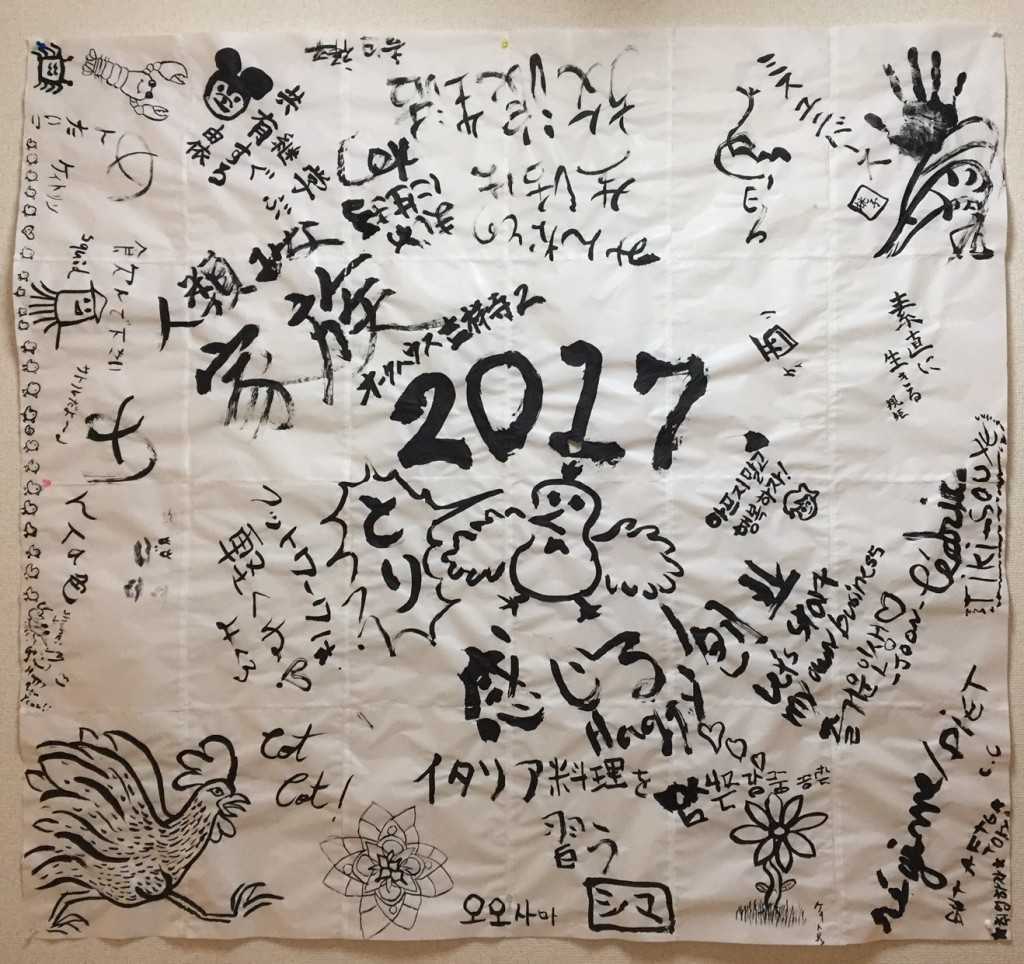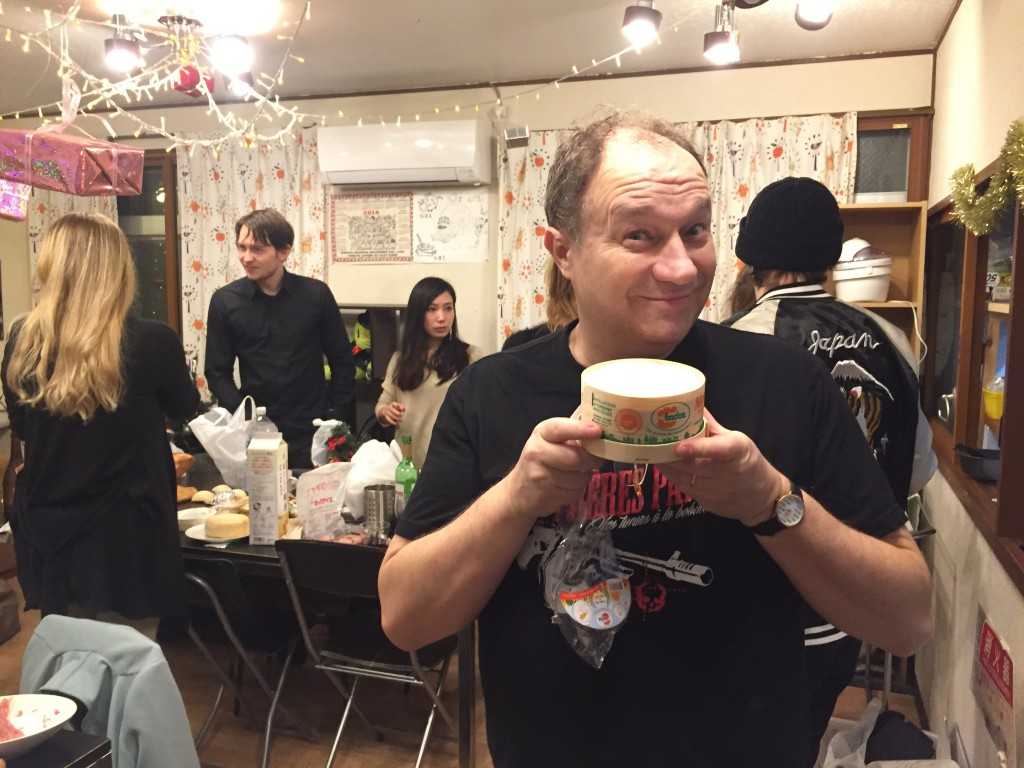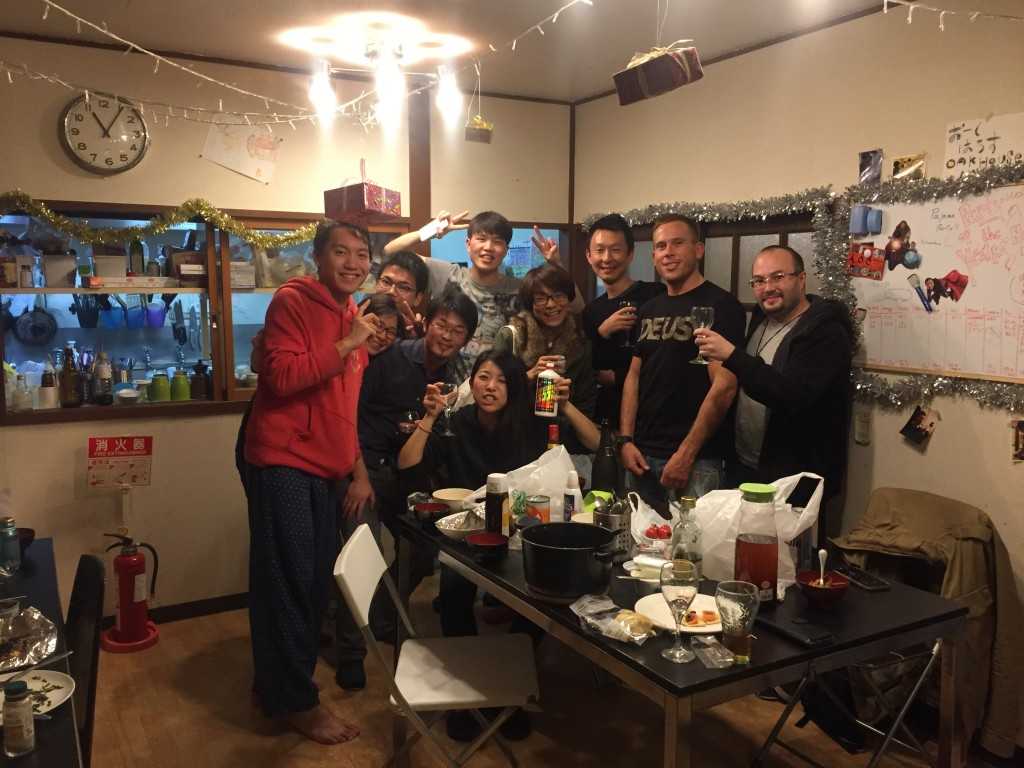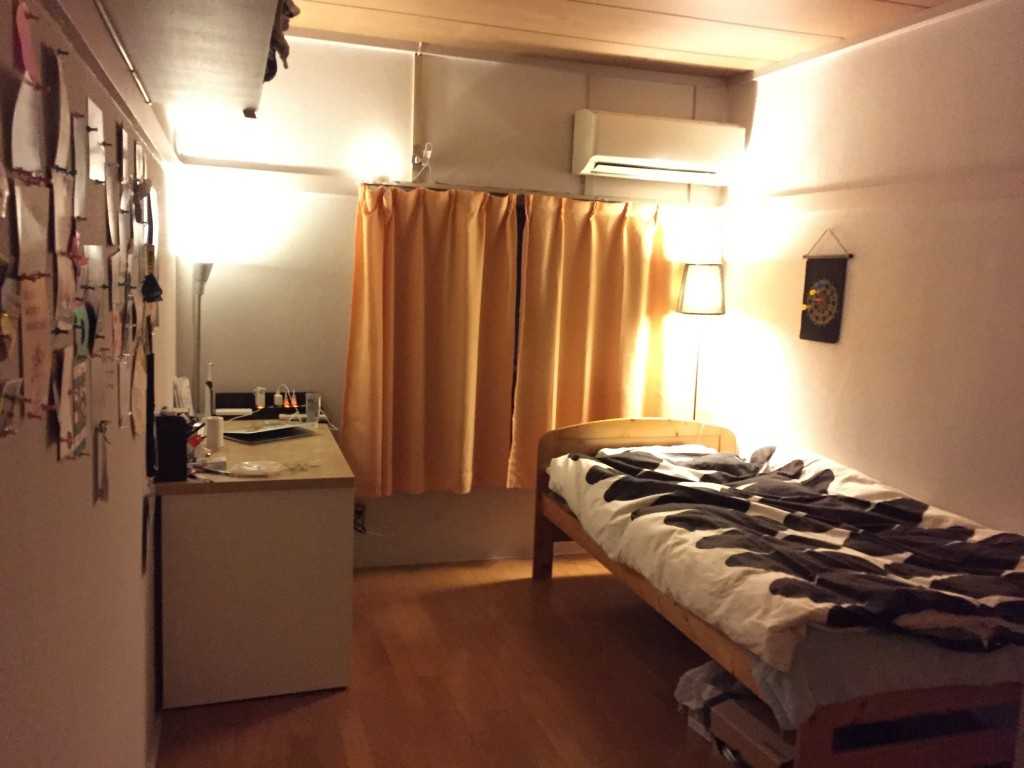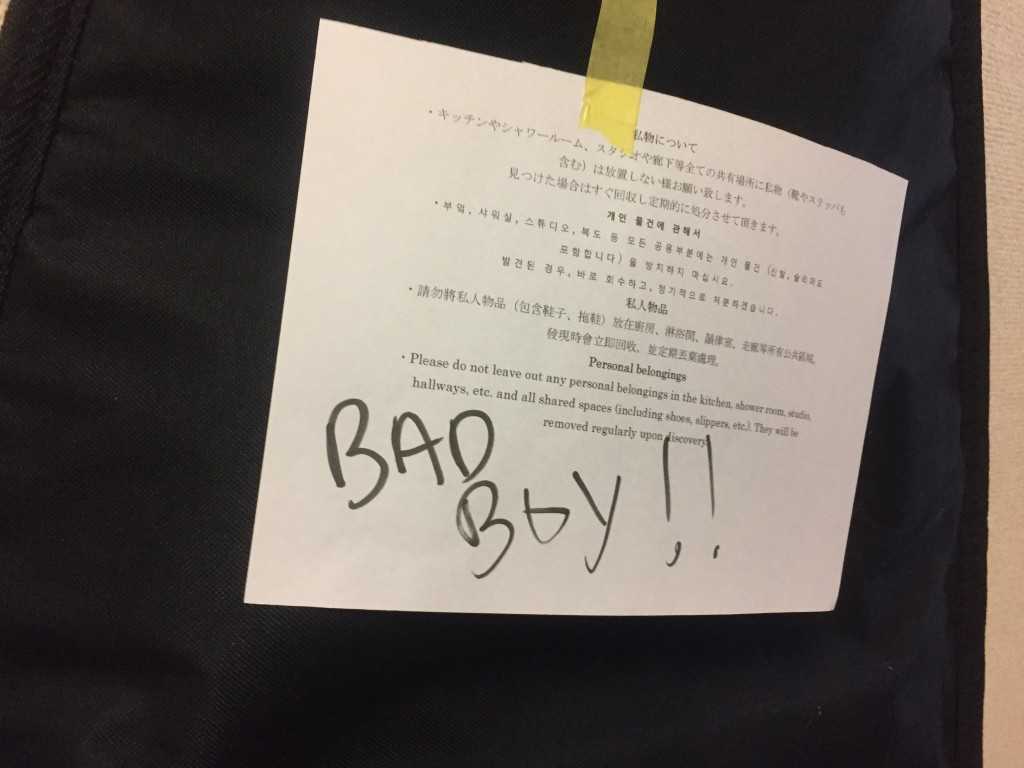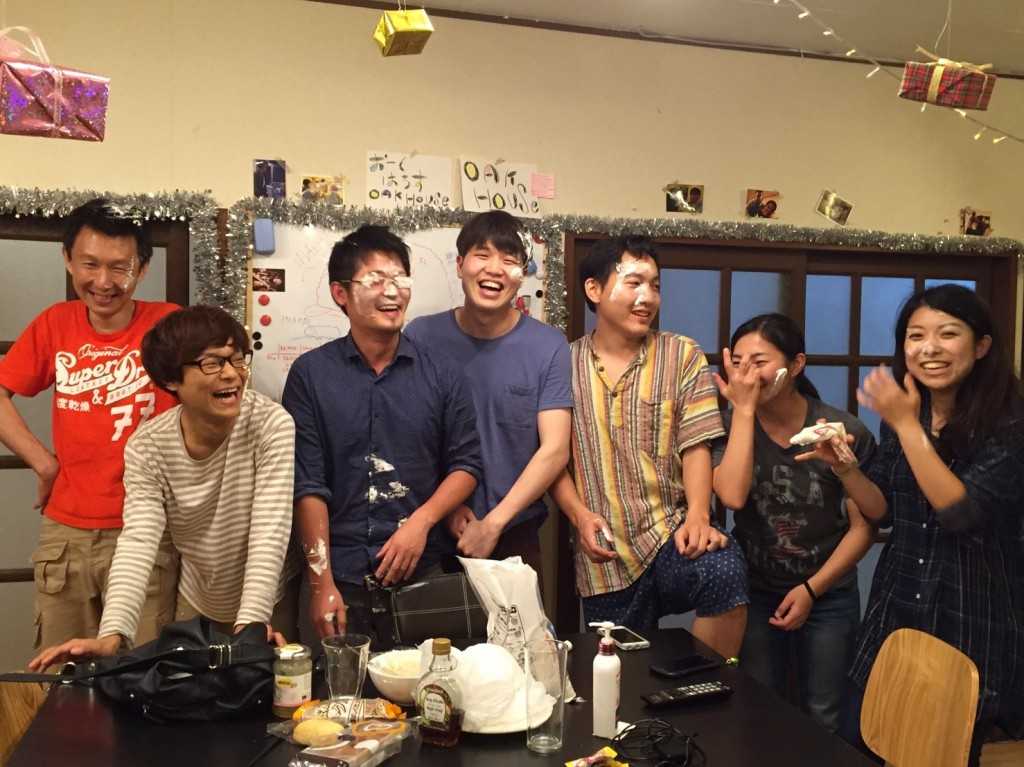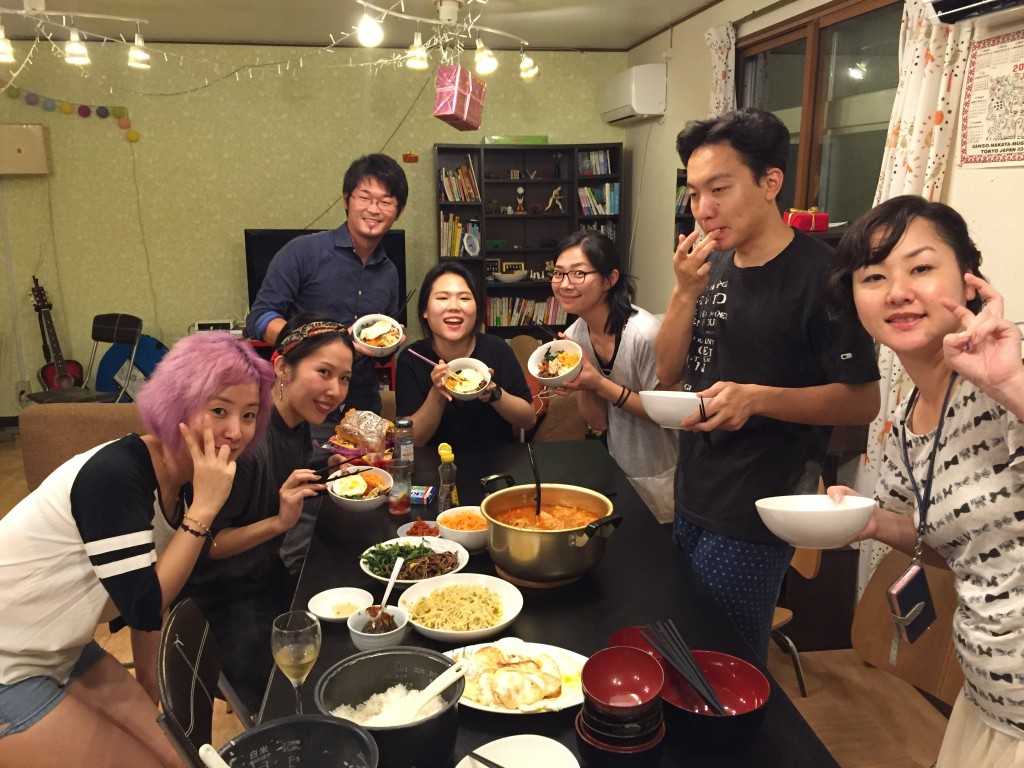Let’s say you decided to move in one of the houses in Tokyo. What’s the next step?
Regardless of the purpose of your stay, getting a mobile internet connection is probably one of the things on the top of your To-do list. The first 2-3 days should be fine as all the Oakhouse share houses offer free WiFi in the lounge (common space), but there will be moments that are troublesome not being able to be connected outside.
The first problem you encounter would be transferring trains. Living in Tokyo doesn’t require you to own a car. I don’t own one, so as most of my friends here. but taking the train might require some time to get used to.
I’ve been in Tokyo for 3 years but still in need of these train apps once in a while. At least the trains are on time most of the time which help those apps stay accurate.
(There are multiple train transfer apps in the market. and I recommend English version of NaviTime For Android users, cleck here. )

I’ve been asked many times how to set up mobile internet SIM in Tokyo, mostly by my housemates who live in Oakhouse Kichijoji 2. In this post, I’d like to give you a step by step guide on how to sigh up for SIM card in Tokyo.
◼︎ 1. Check if your phone is unlocked (or SIM free)
You need an unlocked phone to sign up with SIM card in Japan. Checking whether your phone is unlocked or not, entirely depends on where you bought your smartphone. If your phone was provided by a phone company like Softbank, or AT&T, your phone might not be an unlocked. On the other hand, if you’re from certain Asian countries like China, Hongkong, Taiwan, Singapore, the phones in the market are mostly unlocked, so there’s nothing to worry about.
◼︎ 2. Prepare a credit card and a proof of residence
Most SIM card providers require credit card payment. That means you need to have a credit card available in Japan. Most worldly famous brands like VISA and Master card work in Japan but I hear that some cards don’t work sometimes. If your phone is debit card directly connected to your bank in your home country, your card probably doesn’t work even if it has a VISA or Master logo on the face of the card.
Proof of residence might be required depending on which SIM card provider you sign up with. This means you need to apply for SIM card after you move in the house and get Zairyu (residence) card. Even after you get Zairyu card, DO NOT FORGET to register your address in the city hall. You need to have your address printed on your residence card (they go through this process in the city hall).
◼︎ 3. Choose the SIM card brand and sign up online (or visit their local store)
There are more than 20 – 30 SIM card providers (we call them 格安SIM = literally means cheap SIM ) in the market. Despite the number of options, it is not hard to choose one.
There are 3 major phone contractors in Japan, docomo, au, and Softbank. Basically they built the mobile network in the country and now they are leasing the network to those SIM card providers.
docomo is the oldest and got the best quality network in this country so I recommend the SIM card providers using docomo’s network.
I’ve been personally using the brand called “IIJ mio” and I’ve been happy with the service. I recommended this brand to many friends. The only problem with this brand is that they don’t have English website or any kinds of support in English. they don’t have a local store so it’s hard to ask for help as long as you’re already fluent in Japanese.

My second choice would be Rakuten Mobile. They have English website and they have local store as well. Rakuten is one of a few Japanese companies where employees have to speak English in the company, so I expect their local store staff to speak English too.
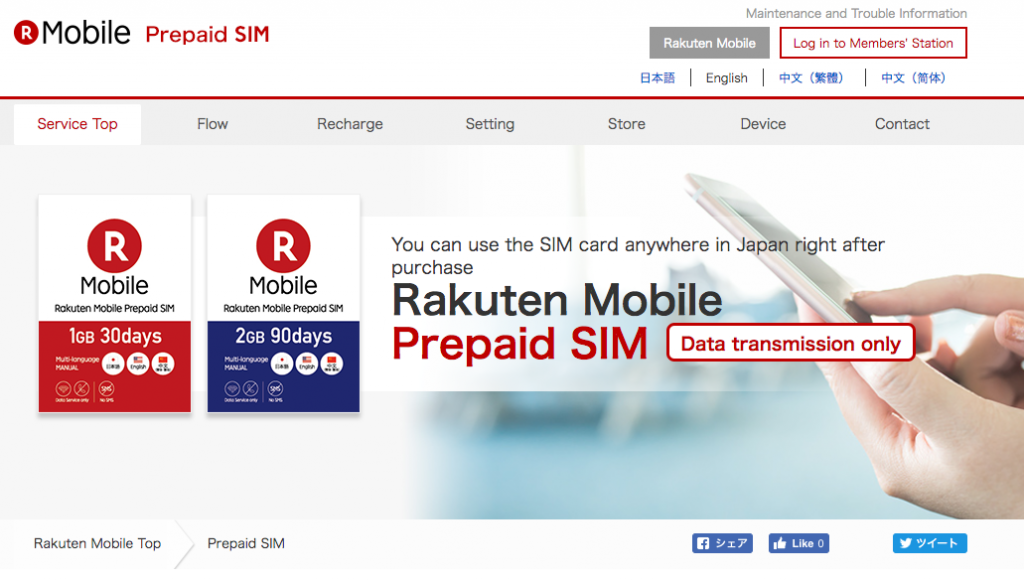
Hope you find my guide above helpful. Message me here (guafly2002@gmail.com) if you have any questions.

